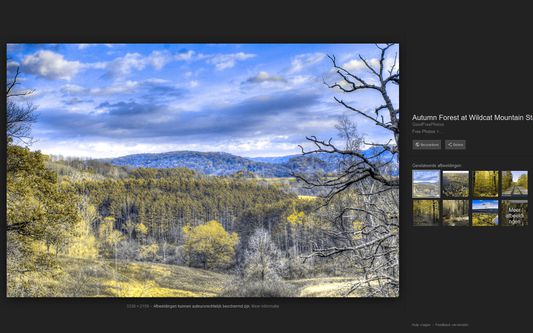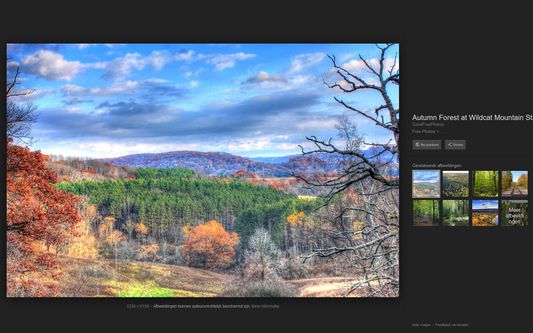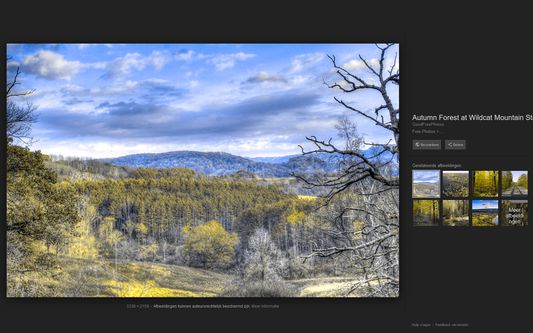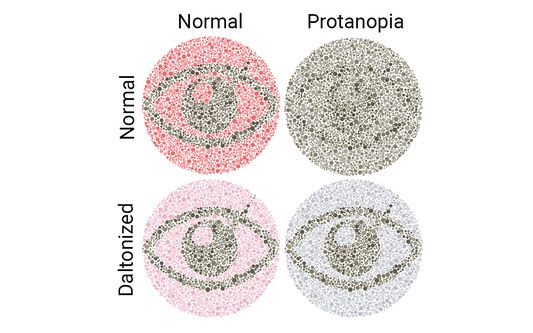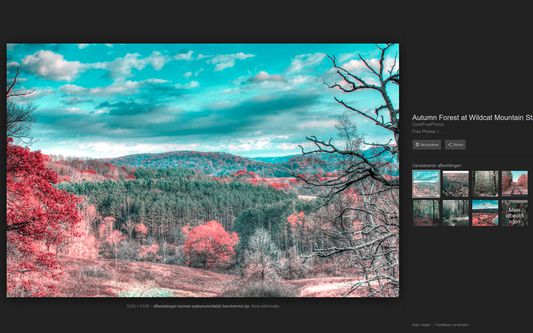Simulates information a color blind person receives and/or adds a daltonization filter
Color vision is unfortunately not granted to everyone. Approximately 10% are affected by a reduction in their ability to perceive colors. Let's get color blind tries to raise awareness by letting you simulate colorblindness. Such that you can easily experience the information a color blind person receives. Such that you can learn about colorblindness, check your web pages for accessibility or explain your condition to others. It is even possible to change the severity of the simulated condition.
Additionally a daltonization filter can be used to improve the information received by those who are subjected to colorblindness. Results may vary depending on the severeness of each individuals personal condition.
The color deviciency simulation is based on
Gustavo M. Machado, Manuel M. Oliveira, and Leandro A. F. Fernandes "A Physiologically-based Model for Simulation of Color Vision Deficiency". IEEE Transactions on Visualization and Computer Graphics. Volume 15 (2009), Number 6, November/December 2009. pp. 1291-1298.
https://www.inf.ufrgs.br/~oliveira/pubs_files/CVD_Simulation/CVD_Simulation.html
 Install
Install
- License: Mozilla Public License 2.0
- Weekly downloads: 22
- Average daily users: 1096
- Rating: 4.6667/5 of 15 ratings
- Created: 2018-01-31 14:15:39
- Last updated: 2018-02-15 07:50:08
- Homepage:
- Support site and email
- Orig: https://addons.mozilla.org/en-US/firefox/addon/let-s-get-color-blind/
- API: letsgetcolorblind@hilberteikelboom.nl
